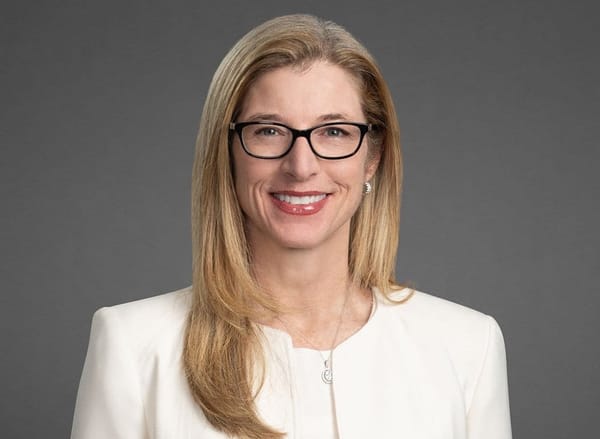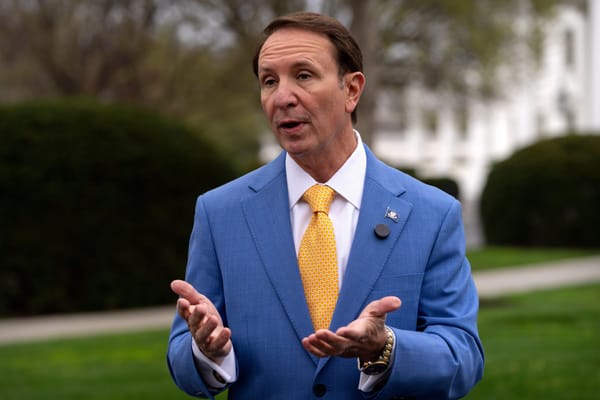Midwest ISPs Say FCC Error Means Loss of Broadband Subsidy Support
The companies say they're losing out on $2.5 million annually because of a misclassified competitor.
Jake Neenan

WASHINGTON, July 8, 2024 – A group of midwest broadband providers is seeking an increase in rural broadband subsidy support from the Federal Communications Commission, claiming a program snafu is causing a multimillion dollar annual shortfall.
The companies receive support from the agency’s Enhanced Alternative Connect America Cost Model program, which the FCC stood up last year to continue subsidizing rural broadband through its Universal Service Fund.
The broadband providers argue that a misclassification has been costing them nearly $2.5 million in annual support – and preventing more than 7,000 rural households from receiving more future-proof fiber internet.
Representatives from the companies – Interstate Telecommunications Cooperative, Red River Communications, Arvig, and Bevcomm, all operating in Minnesota and the Dakotas – have been meeting with FCC staff in recent weeks to petition the agency for a change. Most recently, they met with a legal advisor to FCC Chairwoman Jessica Rosenworcel on July 3.
They say a provider in their service areas, Midcontinent Communications, or Midco, was incorrectly labeled by the FCC as an ‘unsubsidized competitor,’ a classification which under FCC rules reduces the money available for Enhanced ACAM participants to maintain or deploy networks in the same area.
Under Enhanced ACAM rules participants receive support to serve every eligible location in certain areas, many of which providers have been operating in for years with FCC subsidies.
Enhanced ACAM’s requirement to serve every location is new, and it comes with increased support. That support is reduced in areas where a participant has already built out qualifying service to reflect maintenance costs, and reduced even further if an unsubsidized provider claims to serve locations in the same area – down to zero if the participant hasn't yet built out to those locations and down to 33 percent for maintenance if the particiant already provides service.
This is what the companies say happened. Midco reported to the agency that coverage from its fixed wireless equipment reaches homes and businesses in the companies’ service areas – something the companies don’t dispute – resulting in a $2.5 million reduction in annual Enhanced ACAM support because of Midco’s unsubsidized classification.
The problem, the other providers say, is that Midco does not meet the agency’s definition of an unsubsidized competitor. It received FCC money to deploy fixed wireless broadband in areas adjacent to where the companies’ received Enhanced ACAM money to deploy fiber, which is what allows Midco to offer service at some of the same locations.
“Absent E-ACAM funding for these locations, the Companies’ ability to maintain or deploy fiber to these locations is blocked,” the companies wrote in an ex parte filing. “At the same time, the so-called unsubsidized competitor is not subject to any public interest requirement to provide service to these locations, and it is unlikely to ever deploy fiber given that its CAF Phase II funding was specifically for a fixed wireless access network.”
Rural providers have been flagging the potential for overstated unsubsidized competition, either by misclassification or by exaggerated coverage claims, since the agency made Enhanced ACAM offers last summer. They argued at the time, and in a subsequent petition for review, for a process in which companies in potential Enhanced ACAM areas would have to back up their coverage claims with evidence.
The midwest providers want the agency to revise their Enhanced ACAM offers “to properly reflect” the presence of unsubsidized competitors. They noted the issue “caused some to not elect E-ACAM” and “others elected E-ACAM expecting this error to be corrected.”












Member discussion